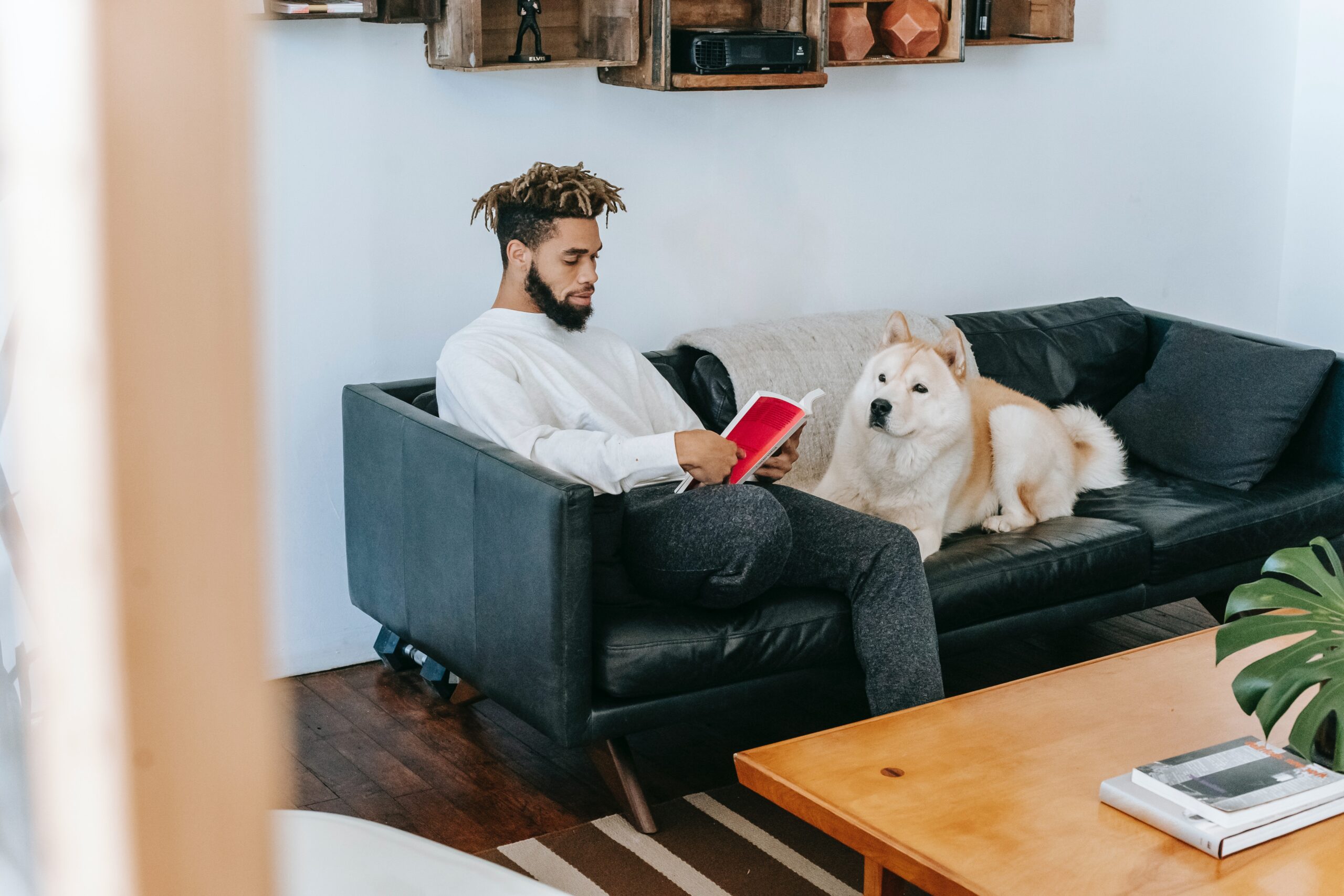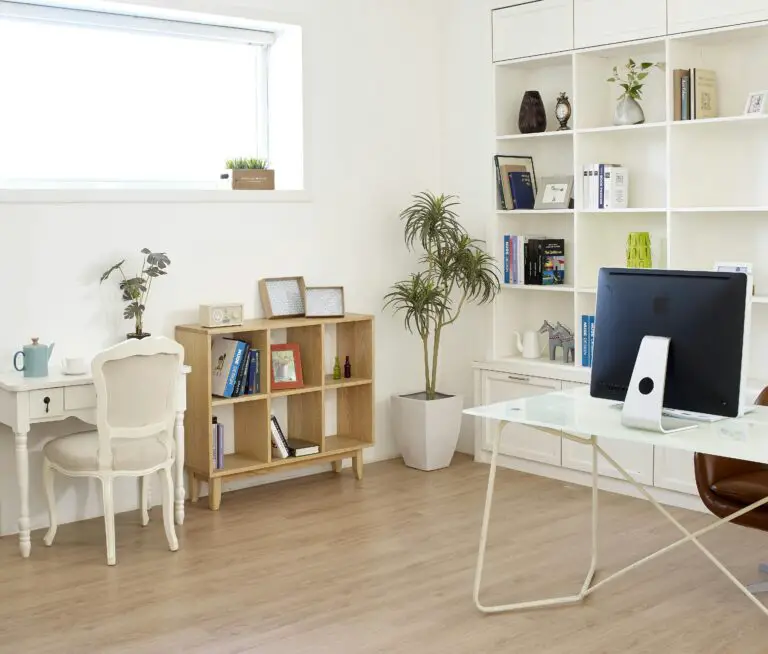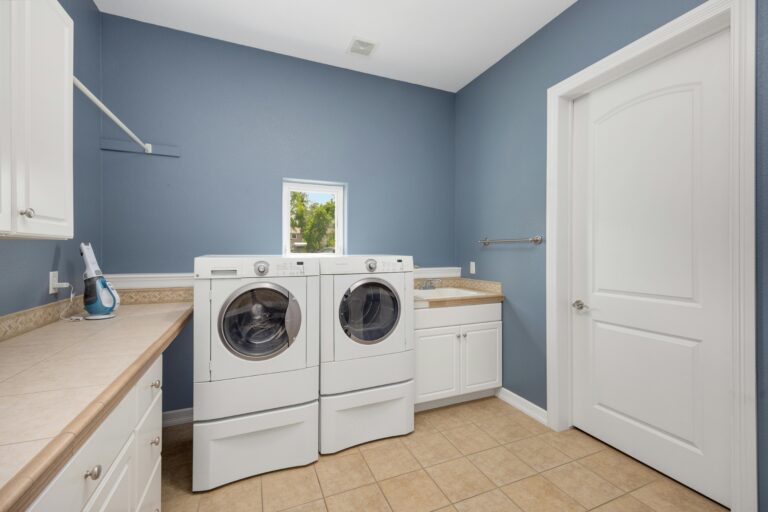As pet owners, we cherish the companionship and joy our furry friends bring into our lives. However, when it comes to designing our living spaces, the challenge arises: how can we create a pet-friendly living room without compromising on style?
Fortunately, with the right approach and a few clever tricks, it’s entirely possible to achieve a stylish living room that accommodates your pets’ needs. From choosing the right furniture and flooring to incorporating pet-friendly decor and maintaining a clean environment, we’ll cover all the essential aspects of designing a pet-friendly living room.
I. Choosing Pet-Friendly Furniture
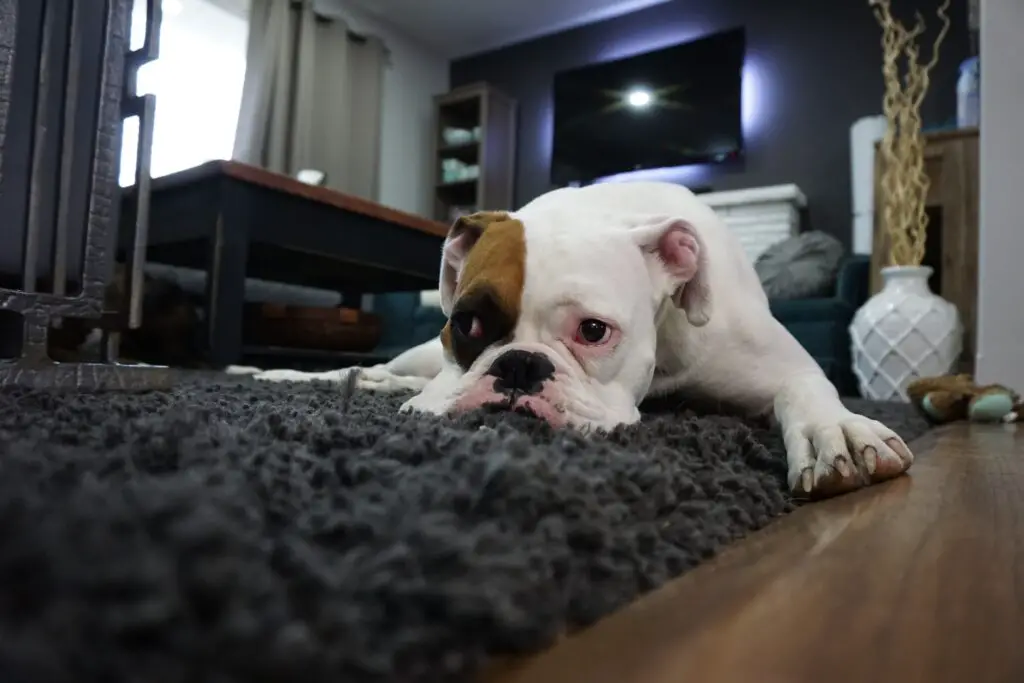
A pet-friendly living room begins with selecting furniture that can withstand the playful antics of our furry companions while maintaining its style and elegance.
A. Durable and Scratch-Resistant Materials
Pets, especially cats and dogs, may inadvertently scratch or claw at furniture. To mitigate potential damage, opt for durable and scratch-resistant materials:
1. Leather and Faux Leather Options
Genuine leather and high-quality faux leather are excellent choices for pet-friendly upholstery. Leather tends to develop a beautiful patina over time, making minor scratches blend seamlessly with the natural aging process.
2. Microfiber and Synthetic Fabrics
Microfiber and synthetic fabrics offer a balance between style and durability. These fabrics are resistant to stains and scratches, making them ideal for pet owners seeking longevity in their furniture.
B. Avoiding Fabrics Prone to Pet Hair and Stains
Pets shed, and accidents happen, so it’s essential to consider fabrics that are forgiving when it comes to pet hair and stains:
1. Choosing Darker Colors and Patterns
Opt for darker-colored upholstery and patterns to camouflage pet hair and minor stains between cleanings.
2. Evaluating Fabric Textures
Select fabrics with a tight weave, as they are less likely to trap pet hair and easier to clean.
C. Elevated and Washable Furniture
Elevating furniture on legs or platforms serves two purposes: it prevents pets from nesting beneath, reducing fur buildup, and makes cleaning more accessible:
1. Raising Furniture on Legs or Platforms
Look for sofas, chairs, and coffee tables with exposed legs or bases, allowing you to sweep or vacuum underneath easily.
2. Machine-Washable Covers or Slipcovers
Invest in machine-washable furniture covers or slipcovers to protect your furniture from pet accidents and spills. They’re practical and come in various styles to suit your living room decor.
D. Multi-Functional Furniture
Consider incorporating furniture pieces that serve multiple purposes, catering to both human and pet needs:
1. Incorporating Hidden Storage for Pet Supplies
Choose storage benches, ottomans, or side tables with hidden compartments for storing pet toys, blankets, and other accessories.
2. Pet-Friendly Ottomans and Coffee Tables
Opt for cushioned ottomans or padded coffee tables, which can serve as comfortable resting spots for your pets.
II. Flooring Solutions
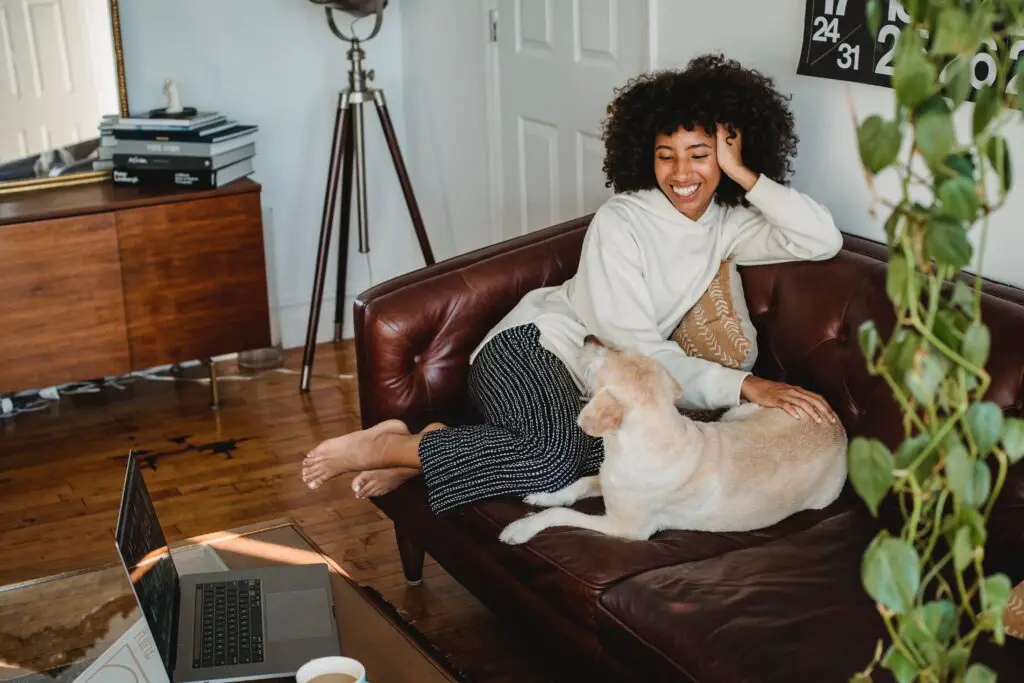
Pets spend a considerable amount of time on the floor, making flooring choices crucial for both their comfort and your living room’s aesthetics.
A. Pet-Friendly Flooring Materials
1. Hardwood with Scratch-Resistant Finishes
When selecting flooring materials, prioritize options that can withstand the wear and tear from pets’ nails and provide easy maintenance:
Hardwood floors with durable, scratch-resistant finishes are a timeless and pet-friendly option. Look for hardwood species like oak or hickory, which are more resistant to scratches.
2. Laminate and Luxury Vinyl Tile (LVT)
Laminate and LVT offer the appearance of hardwood without the hefty price tag. These materials are highly durable and resistant to scratches, making them pet-friendly choices.
B. Rugs and Carpets
Rugs and carpets can add warmth and texture to your living room but can also be magnets for pet hair and stains:
Opt for low-pile or flatweave rugs, as they are easier to clean and less likely to trap pet hair.
1. Low-Pile or Flatweave Rugs
2. Choosing Stain-Resistant and Easy-to-Clean Options
Look for rugs and carpets made from stain-resistant materials or treated with protective coatings, simplifying the removal of accidental spills.
C. Using Pet Gates and Designated Play Areas
Creating designated pet zones can help keep your living room organized and minimize potential damage:
1. Restricting Access to Specific Zones
Install pet gates to limit access to certain areas of the living room, like a formal seating arrangement, preventing pets from wandering into restricted spaces.
2. Creating a Designated Pet Play or Rest Area
Dedicate a cozy corner or nook in the living room for your pets to rest or play, complete with their bed, toys, and water bowl.
III. Pet-Friendly Decor and Accessories
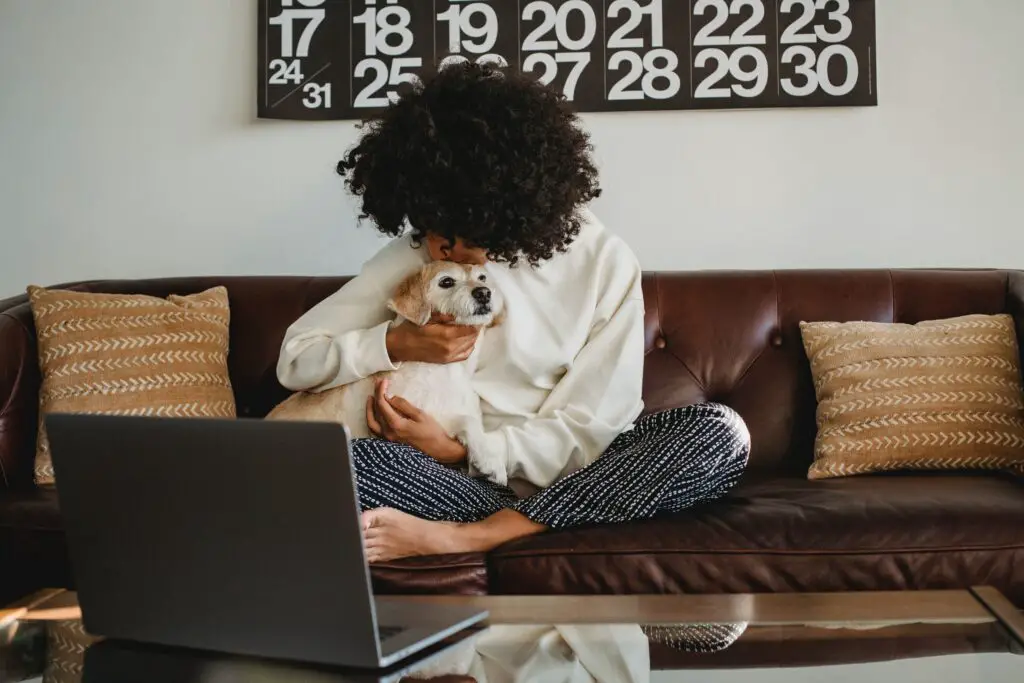
A pet-friendly living room can still exude style and charm with thoughtful decor choices and accessories.
A. Pet-Safe Plants and Greenery
Adding houseplants to your living room can bring life and vibrancy to the space. However, ensure that the plants are safe for your pets:
1. Non-Toxic Houseplants
Select non-toxic houseplants, such as spider plants, ferns, or money plants, to avoid potential harm to your pets in case of nibbling.
2. Elevated Plant Stands to Prevent Nibbling
Elevate your plants on tall stands or shelves to prevent curious pets from reaching them.
B. Organized Pet Toy Storage
Pet toys can sometimes create clutter in the living room. Keep things organized with stylish storage solutions:
1. Stylish Baskets or Bins for Toy Storage
Use decorative baskets or bins to store pet toys, keeping them readily accessible yet neatly tucked away.
2. Incorporating Shelves for Display and Accessibility
Install shelves that display pet toys and accessories in a visually appealing manner, making them part of the room’s decor.
C. Choosing Pet-Friendly Wall Art and Decorations
Wall art and decorative items can add personality to your living room, but they should also be safe and pet-friendly:
1. Avoiding Fragile or Dangling Items
Choose wall art and decor that won’t easily break or pose a choking hazard to pets.
2. Hanging Art at a Safe Height
Hang wall art and decorations at a height that prevents pets from reaching and potentially knocking them down.
IV. Maintenance and Cleaning Tips
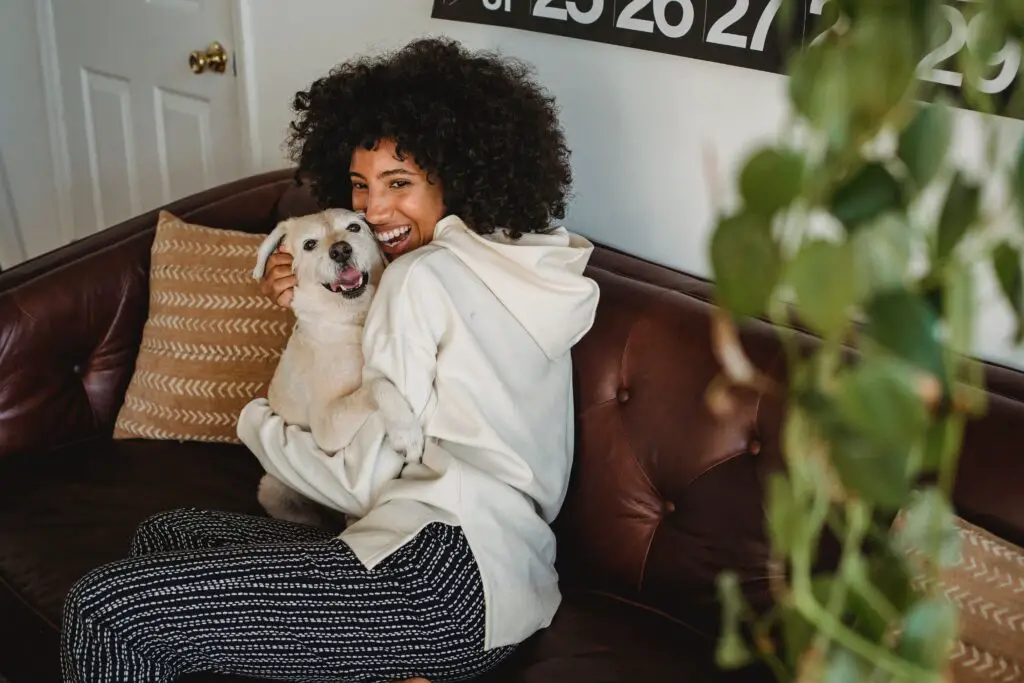
Maintaining a clean and hygienic living room is vital for the health and comfort of both humans and pets.
A. Pet Grooming and Care Routines
Establish regular pet grooming and care routines to reduce pet hair and dander in the living room:
1. Regular Grooming to Minimize Shedding
Brush your pets regularly to reduce shedding and keep their fur in check.
2. Paw Cleaning Before Entering the Living Room
Place a mat near the living room entrance for wiping pets’ paws, minimizing the transfer of dirt and outdoor debris.
B. Easy-to-Clean Surfaces
Invest in furniture and surfaces that are easy to clean and maintain:
1. Wipeable Furniture and Accessories
Choose furniture with smooth surfaces that can be easily wiped down, ensuring a quick cleanup of any spills or accidents.
2. Investing in Stain-Resistant Fabrics and Finishes
Opt for stain-resistant fabrics and finishes on furniture and accessories to guard against pet-related mishaps.
C. Using Pet-Friendly Cleaning Products
When cleaning up after pets, use products that are safe for both your pets and your living room surfaces:
1. Avoiding Harmful Chemicals for Pets
Steer clear of cleaning products containing toxic chemicals that may harm your pets.
2. DIY Cleaning Solutions for Pet Accidents
Create natural DIY cleaning solutions using ingredients like vinegar and baking soda to tackle pet accidents effectively.
V. Training and Behavior

Teaching your pets good behavior and setting boundaries can significantly contribute to a pet-friendly living room experience.
A. Establishing Boundaries and Rules
Train your pets to adhere to specific rules and boundaries in the living room:
1. Training Pets to Stay Off Furniture If Desired
If you prefer to keep pets off certain furniture pieces, use positive reinforcement to teach them to stay in their designated spots.
2. Teaching Basic Commands to a Well-Behaved Pet
Basic commands like “sit,” “stay,” and “leave it” can help manage your pet’s behavior and reduce the likelihood of undesirable incidents.
B. Positive Reinforcement and Rewards
Encourage positive behavior in your pets with the power of positive reinforcement:
1. Encouraging Good Behavior Through Treats and Praise
Reward your pets with treats and verbal praise when they follow the rules and exhibit good behavior.
2. Discouraging Undesirable Behavior Without Punishment
Avoid punishment-based training, as it can lead to fear and anxiety in pets. Instead, redirect their attention to positive activities.
Conclusion
Designing a pet-friendly living room that doesn’t compromise on style is an achievable goal with the right knowledge and approach. With selecting durable furniture, pet-friendly flooring, and incorporating practical accessories, you can create a space that not only accommodates your pets’ needs but also reflects your personal style. Additionally, embracing regular maintenance and positive reinforcement training ensures a harmonious and enjoyable living space for everyone.
Remember, your living room should be a sanctuary for both you and your beloved pets. So, go ahead and implement these tips to transform your living room into a welcoming and stylish haven where humans and pets can coexist with happiness and comfort.
Frequently Asked Questions (FAQs)
1. Can you have a stylish living room with pets?
Yes, absolutely! With the right choices in furniture, flooring, and decor, you can design a stylish living room that caters to both your pets and your aesthetic preferences.
2. How do you prevent pets from damaging furniture?
Choosing scratch-resistant materials, providing designated play areas, and offering plenty of toys can deter pets from damaging furniture.
3. What are the best pet-safe plants for the living room?
Non-toxic houseplants such as spider plants, money plants, and Boston ferns are safe choices for pet-friendly living rooms.
4. How do you maintain a clean living room with pets?
Regular grooming, using easy-to-clean surfaces and furniture, and employing pet-friendly cleaning products are essential for a clean living room.
5. Can you train pets to behave in the living room?
Yes, positive reinforcement training can teach your pets good behavior and respect for the living room boundaries.
